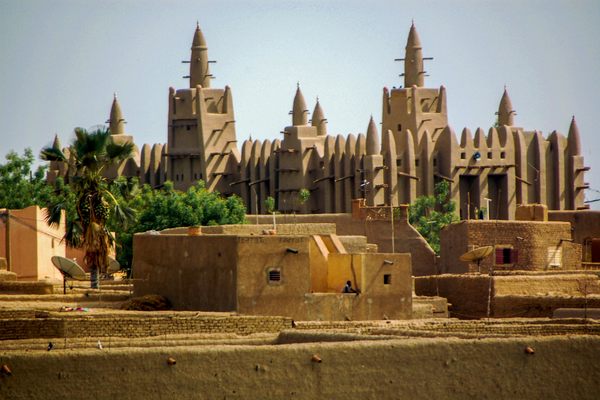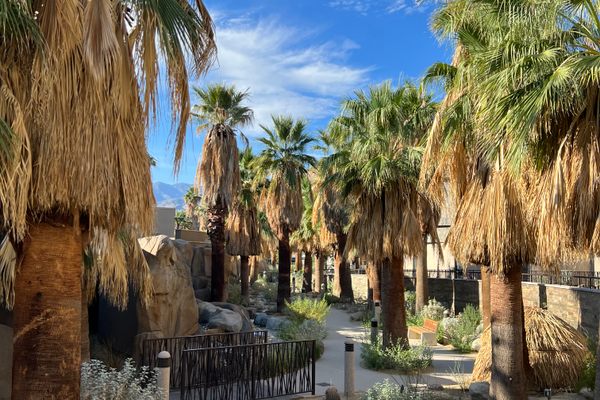About
Close to Tokyo's Ueno Park, the Kan'ei-ji temple is a quiet pagoda far removed from the hustle and bustle of the park's top tourists draws, its zoo and museums. Few visitors stop by, and most of those who do come for its historical significance: It was here in 1869 that supporters of the emperor attacked the forces of the last Tokugawa shogun. It's said there are still bullet holes in the temple's wooden walls.
But, even more remarkably, the temple is home to a simple engraved stone — a memorial to the souls of dead insects.
In 1821, aristocrat Sessai Matsuyma ordered the erection of the monument. Its purpose was to console the spirits of the flies, crickets, and grasshoppers that had been killed in the production of a scientific text — an anatomical study of insects that Matsuyama himself had commissioned. Although the book, the Chuchi-jo, would become famous for its realistic rendering of the insects, it seems Matsuyama was plagued by guilt at having caused the deaths of so many fellow living creatures. Or perhaps he simply wanted to honor the bugs for their contribution.
Today, the simple monument he built to honor insects sacrificed for science is designated as a historical monument by the Tokyo City government.
Related Tags
Know Before You Go
Easily accessible from Ueno Station.
Hidden Japan: Sado Island, Nara & Kyoto
Explore a different side of Japan.
Book NowCommunity Contributors
Added By
Published
June 21, 2016
































































